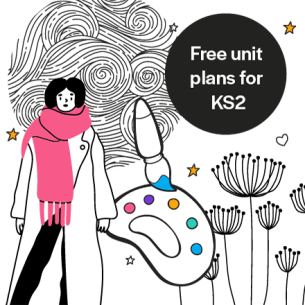Combining four numbers in a multitude of ways shows the creative power of mathematics and allows students to develop their facility with priority of operations.
In this lesson, students are given just four numbers – 1, 2, 3 and 4 – and have to make as many possible different answers as they can, using common mathematical operations.
This provides an opportunity for students to think about the potential ambiguity of notation, and the ways in which writing division as a fraction and using brackets can avoid this. Students will consider the priority of operations and how to be sure that an expression has one well-deined value.
Key curriculum links:
- Consolidate students’ numerical and mathematical capability from Key Stage 3 and extend their understanding of the number system to include powers, roots (and fractional indices)
- Calculate exactly with fractions

Similar resources
- Trigonometry in right-angled triangles – KS3 maths lesson plan
- Maths and science – How to embed maths in KS4 science
- Equivalent fractions – Card sort activity for KS2 / KS3 maths
- Sketching quadratic graphs – KS3 maths worksheet with answers
- Christmas maths quiz – GCSE festive relay questions (+answers)









